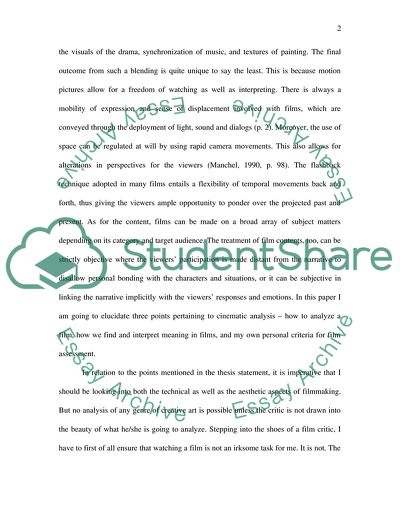Cite this document
(“The Art of Watching Films Essay Example | Topics and Well Written Essays - 2000 words”, n.d.)
Retrieved from https://studentshare.org/visual-arts-film-studies/1558154-analysis-of-a-movie-final-paper
Retrieved from https://studentshare.org/visual-arts-film-studies/1558154-analysis-of-a-movie-final-paper
(The Art of Watching Films Essay Example | Topics and Well Written Essays - 2000 Words)
https://studentshare.org/visual-arts-film-studies/1558154-analysis-of-a-movie-final-paper.
https://studentshare.org/visual-arts-film-studies/1558154-analysis-of-a-movie-final-paper.
“The Art of Watching Films Essay Example | Topics and Well Written Essays - 2000 Words”, n.d. https://studentshare.org/visual-arts-film-studies/1558154-analysis-of-a-movie-final-paper.


